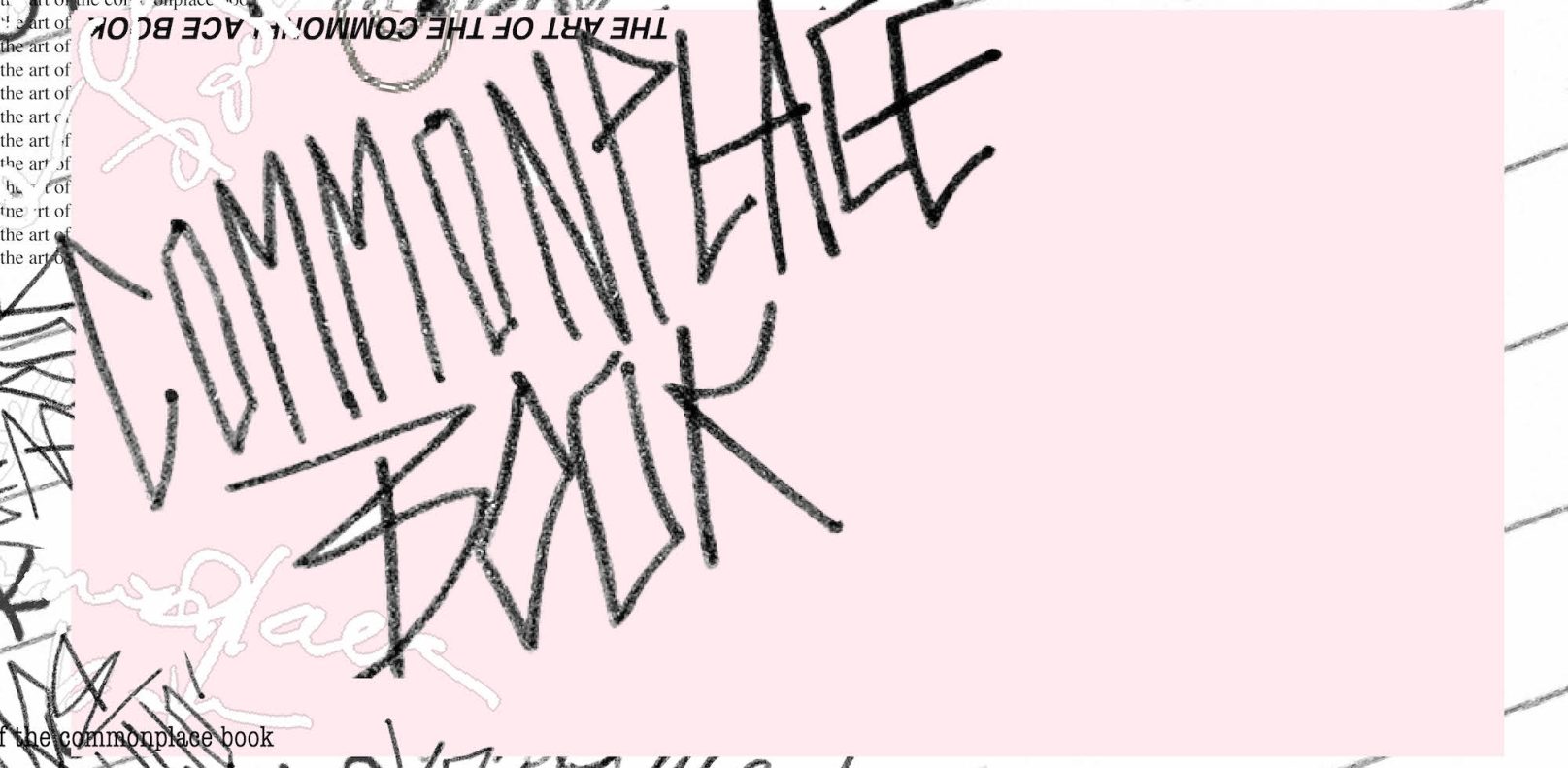My grandmother keeps a box of newspaper clippings in her bedroom closet. My brother highlights his favorite book passages. My roommate collects a list of jokes on her Notes app. My desk is full of sticky notes covered in miscellaneous musings.
I didn’t have a word for this practice until I was assigned an ongoing project for one of my courses: the commonplace book.
A commonplace is an organized personal compilation of quotations and observations you can use for later reflection, inspiration, and reference. It acts more as a database than a journal, creating organization for your assembled sources. While you can add visuals, such as sketchings or little decorations, this isn’t necessary. The collection is a repository where you gather your knowledge in a ‘common place.’
This idea of the commonplace has existed for centuries, from Greek and Roman texts to Renaissance humanists to medieval scribes. The exercise has varied over the centuries but retains its core, acting as a collection of selected extracts. Ancient Greeks and Romans focused on rhetorical arguments and discourse. Victorian commonplaces were more visual, similar to scrapbooks and albums. Renaissance and medieval writers compiled religious texts and classical anecdotes in anthologies or florilegia, which translates to ‘collection of flowers.’ Flowers are a particularly fitting idea, as a commonplace is meant to be a place where your inspirations can connect and flourish. Gathering sources together and examining them gives you the chance to learn more about yourself, your beliefs, and any projects you may be working on.
Countless people have kept and shared commonplaces over the years. Virginia Woolf used hers to keep track of classical passages and reflections on texts she’d read. Henry David Thoreau and Ralph Waldo Emerson shared a book about poetry. Even characters such as Sherlock Holmes kept commonplaces (his were filled with notes and newspaper clippings on old murders). These journals offered their owners a moment of reflection and expression, acting as spaces where they could accumulate writings that were useful for them and their goals. Said goals could range from academic, scholarly work to a hobby between friends who had common interests.
Today, commonplaces are made up of phrases, recipes, poems, folklore, quotations, puns, songs, clippings, numerical tables, entire works, or even singular words, and can be arranged with careful precision or filled with haphazard scribblings. Think of it as a written-out Pinterest board; it provides a space to archive and muse on anything you like! Whether that be stats from your favorite sports team, a joke you heard in the elevator, or notes for your next creative undertaking, jot down anything and everything.
So, how the hell do you make a commonplace?
Start by finding something to write.
While the most typical form of a commonplace is a notebook or journal, you may prefer using notecards or an app on your phone (think Notes, Evernote, Daybook, Notion, or Simplenote. Trust me, there are a million of these; you’ll find something). Whatever you pick works as long as you can record the text in writing.
Beyond acting as a repository for information and personal reflection, commonplaces also utilize some form of categorization. Most people make an index, use headings and numbered pages, format with a certain citation style, color-code, or create designated sections for topics. At the end of the day, though, nothing is required (it’s your commonplace; do whatever the hell you want), but having a system will make it easier to retrieve material or form links between entries.
After that, it’s up to you. Don’t be afraid to experiment either; at this point, it’s figuring out what works for your style. Keeping a commonplace should never feel like a chore, it should be fun and a chance to put your references in a single place. You might prefer a neat, organized technique or find yourself with an art project made up of stickers and watercolor. Never worry about how your commonplace looks, and give yourself the freedom to let your creativity and thoughts roam.
And remember to enjoy the practice and look back on past entries often. Commonplaces are both a collection of knowledge and a reflection of yourself. The goal is to create a space where you can encourage your creativity, catalog your inspirations, and enrich your personal growth.
Graphic by Sydney Folsom

